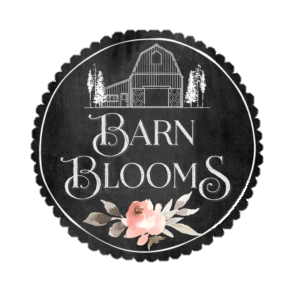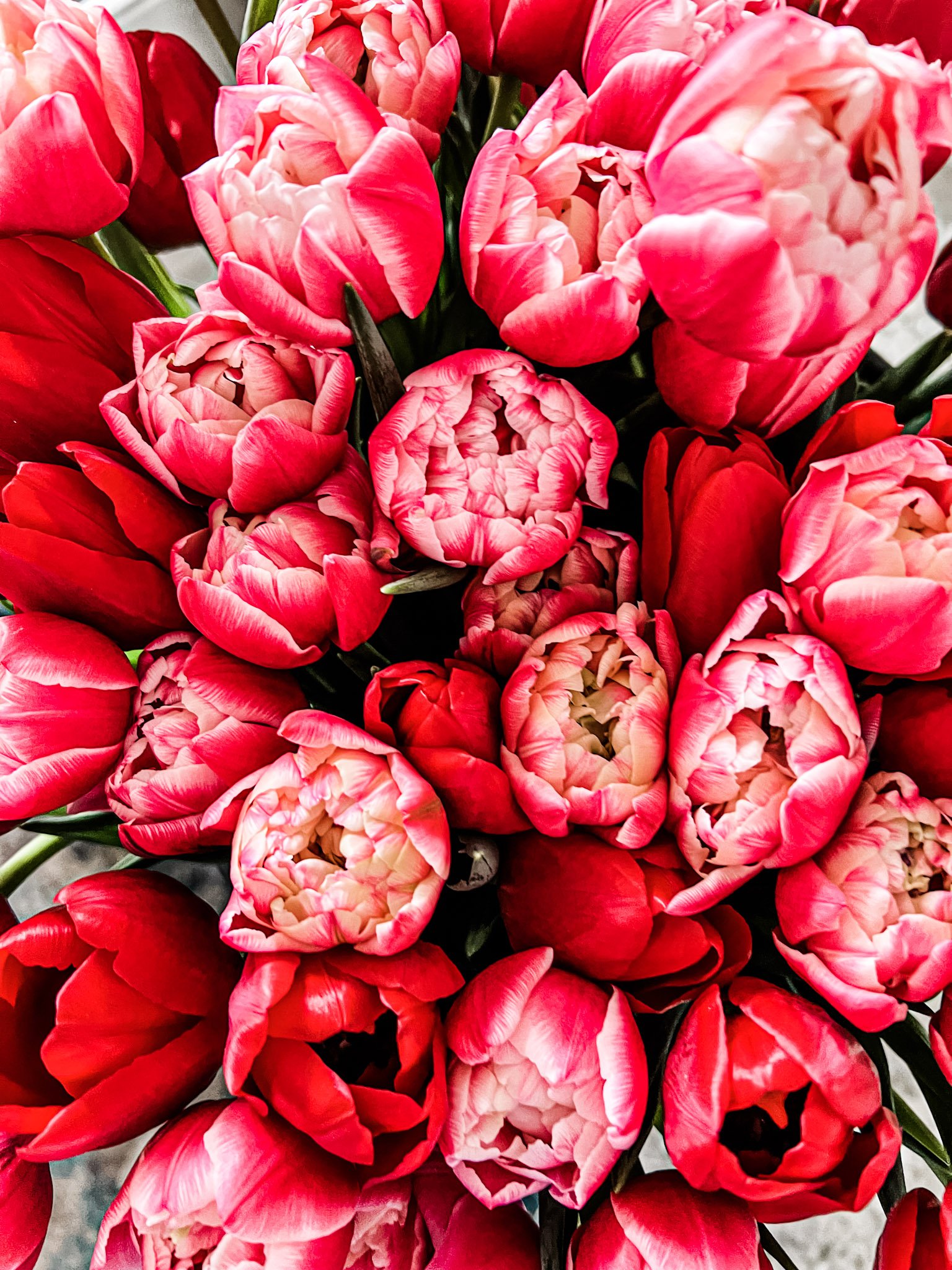Winter Tulip Trial (Updated for 2023)
So this post was written last year (2022) as a trialed growing tulips inside for the first time. This year I really ramped up the amount and variety of plants I am growing. The goal is to time tulips from Valentine’s Day until our field grown tulips start in May. No easy task, but definitely worth a shot. Kyle has built me a whole new lighting set-up in the basement that allows me to lift and lower my lights and attached a hose right in the basement for watering! Check social media for when our first round of tulips are ready, and if you want to learn about the growing process read below.
If you have been following along on social media, you know I had a welcomed surprise this week! I have been trialing growing tulips in my basement for winter flowers, and they bloomed this week. Today I wanted to talk about how that process worked and more about the tulips!
So, if you decide to grow tulips you actually have to be one year ahead of the time you want to harvest. I ordered the bulbs that are blooming now, in March of 2021. It was then I decided the colors of the tulips I want, varieties, stem height, and how many I needed of each. The bulbs that are used for forcing in the winter are the 5C type. These means that the bulbs are cooled prior to being shipped. Tulips need a cooling period, generally around 13-15 weeks of cold temperatures for flower development. This is why in the southern parts of the US, tulips do not do well.
Tulip bulbs mostly come from the Netherlands, specifically Holland. There thousands of acres are planted to tulips, and harvested for the bulbs. The cooling of 5C bulbs takes place in Holland, they are then put on shipping containers and delivered to the US. Holland is known to be the ideal area for bulb growing and perennial plant propagation as well.
This year I took on a small amount of 5C bulbs to test the waters. There is a lot that can go wrong with forcing these tulips out of season. Fungus, molds, stem length, cooling hours, rooting, are all different problems that could arise when growing these bulbs.
On arrival the bulbs are planted into crates of soil. I then tuck them away in my cooler to root. This is essentially the same step as you would if you planted the bulbs in the fall (which you normally do for tulips) you want the bulb to send out roots and anchor itself in the soil. The rooting period is different for every variety, so this can get tricky the more varieties you want to grow. I just did two varieties this year, and both took about 6 weeks to root and start sending green shoots up.
At this time, I transferred the bulbs to my basement and put them under lights. My basement is an ideal temperature, warm, but not too hot, just what tulips like. After 4 weeks I started to see bud formation and flowering beginning.
I was hoping for Valentine’s Day flowers, and the timing was perfect. But, because of a smaller flower size and limited quantity I did not put this for sale. Quality is my number one objective with growing flowers. If I feel something is not up to a certain standard of quality, it is not going to be put for sale at Barn Blooms. This allows for my customers to get consistent product and helps me build trust!
I still have tulips bulbs in the rooting stage being held in my cooler at just above freezing. This puts the tulips into a dormant state, and I am going to be pulling those out to hopefully have for Easter bouquets.
I was really happy with how this trial went, and I am going to be ramping up production for 2023 and hopefully will have consistent supply of tulips February-May before our field grown flowers start blooming!
I learned all of what I know about this forcing process from taking a class taught by two expert growers called “The Tulip Workshop".” I get asked a lot what I do when the flowers are not blooming, and education is definitely a huge part of my winters.




